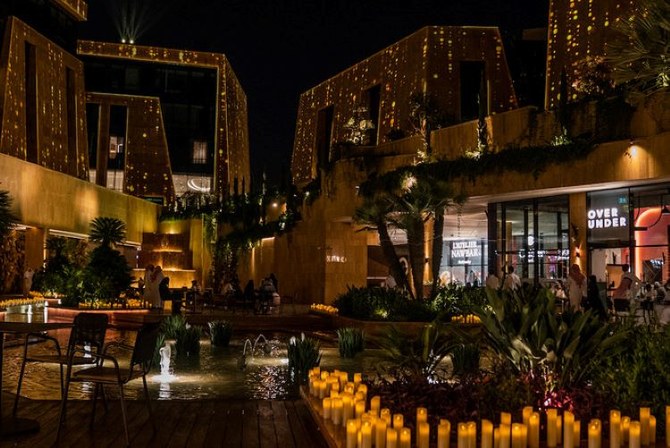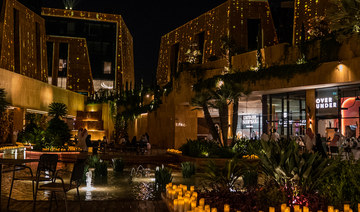RIYADH: Riyadh holds a special place in the heart of King Salman, the former governor of the Saudi capital, who strived to elevate it to a global city and one of the best in the world.
All major development projects in Riyadh have come to fruition due to the king’s keen interest in applying architectural principles and contributing to the Kingdom’s vision of exceptional urban development.
During his governance of Riyadh, the king’s approach was distinguished by his understanding of Saudi Arabia’s history and heritage, especially in the Riyadh region. Under his guidance, the city flourished, adorned with rich culture and towering buildings.
With great pride in the Kingdom’s historical, political, social, and architectural heritage, he was dissatisfied with prevailing urban and architectural trends.
As a result, he conceived the King Salman Charter for Architecture and Urbanism, drawing inspiration from an ambitious creative experience. The charter aimed to capture the essence of Salmani architecture, opposing the adoption of modern Western or Eastern styles that were irrelevant to the local environment.
His deep knowledge and understanding of Saudi history, culture, and heritage gave rise to the renowned Salmani architecture.
Abdallah bin Sulaiman, a retired Riyadh city planner, told Arab News: “Salmani architecture is the unique architectural approach for constructions that were built under the supervision of King Salman, when he was head of the Supreme Commission for the Development of Riyadh, now the Royal Commission for Riyadh City.
“Tuwaiq, the Luxor Al-Hakam project in central Riyadh, the King Abdulaziz Historical Center that houses the National Museum in Al-Murabba, the Ministry of Foreign Affairs building, the housing complex for the employees of the Ministry of Foreign Affairs, and other numerous projects that were established over the past four decades in Riyadh, express the Salmani architecture beautifully with a unique blend of modernity and tradition,” he said.
According to the Architecture and Design Commission, Salmani architecture is characterized by an aesthetic appeal and six core values carefully planned by King Salman under his direct supervision.
The first value was authenticity, the presence of a tangible design rationale or intellectual process that sought to create urban and architectural spaces expressing the originality and distinctiveness of the place.
Next came continuity, the cumulative growth and development of a local community that celebrated national identity and pride, respected the past, and was rooted in an understanding of society’s fabric and local culture.
The human centricity value put the focus on both individuals and communities at the center of any design to improve experiences, inclusivity, and social equity.
Fourth was livability, the active pursuit of elevating the quality of life by creating a safe, attractive, socially cohesive, and healthy built environment suitable and convenient to all citizens.
Innovation promoted the habit of engaging in design discourse and providing a space to explore new approaches in collaboration with those with different perspectives.
And the final value of sustainability involved the practice of protecting and promoting the environmental, social, and economic project objectives and its strategic decision-making.
The design process incorporates the guidance of all six values, resulting in a design of great importance to its constituents.
The former mayor of Riyadh, Prince Abdulaziz bin Mohammed bin Ayyaf, described the Salmani style as a unique architectural and structural approach.
He said: “Its formation can be observed by the personal effort and approach of King Salman. The style is distinguished by its vitality, flexibility, and restriction to limited elements and items.
“It implores architects and planners to innovate freely within the confines of tradition.”
Salmani architecture holds a significant position with its forward-thinking approach in shaping the development pattern in the Kingdom, aligning with the progress of Vision 2030.
In the most recent example of Riyadh’s Salmani architectural style, the city unveiled the luxury tourist and entertainment destination Via Riyadh on May 11.
The neighborhood is distinguished by the Salmani architectural style, which skilfully combines modernity and luxury while paying homage to the Kingdom’s original heritage and identity.
Via Riyadh has been constructed to incorporate the six core values of Salmani architecture. The design places a strong emphasis on green spaces, reflecting Saudi Arabia’s support for the global climate agenda and its commitment to addressing environmental challenges through concrete action.
The approach is in line with the goals of Vision 2030, which aims for a more sustainable future.











































